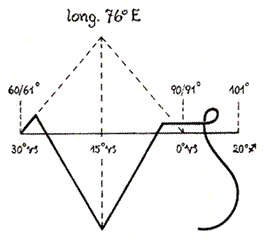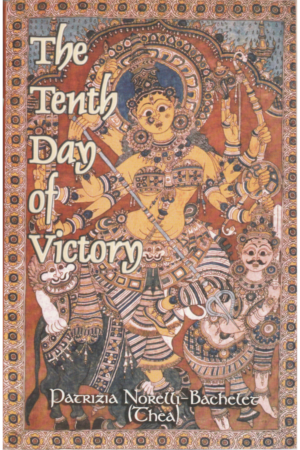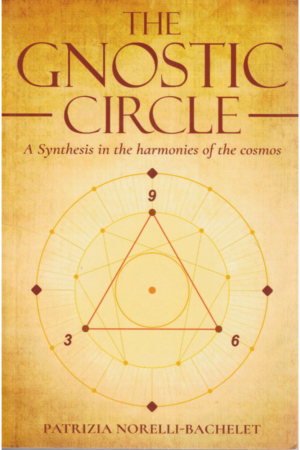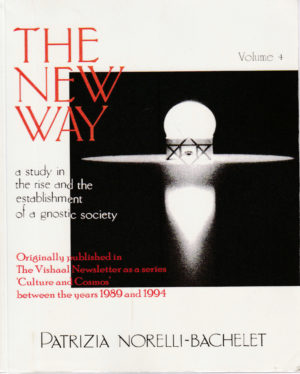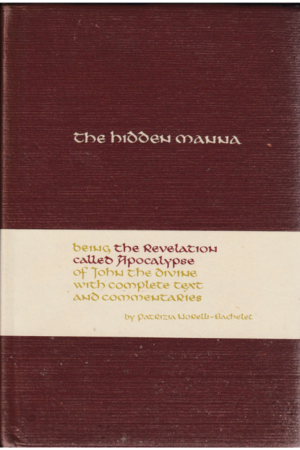₹210.00
Thea highlights the prominent position that Kashmir holds in the destiny of India, the home of the Kashmiri pundits, seed bearers of the Vedic Culture.
Subash Kak’s stirring poem, Snow in Srinagar, appears as an introduction;
‘Who knew that decades later a terror will come to Srinigar and I will be unable to see my home where I was born…’
The author traces the plight of the Kashmiri community to its root cause from a very new perspective.
She concentrates on the details of when and why the people of this sacred land lost their connection with the Cosmic Harmonies of the Earth, and India lost one of its most vital areas for the preservation of the Dharma.
